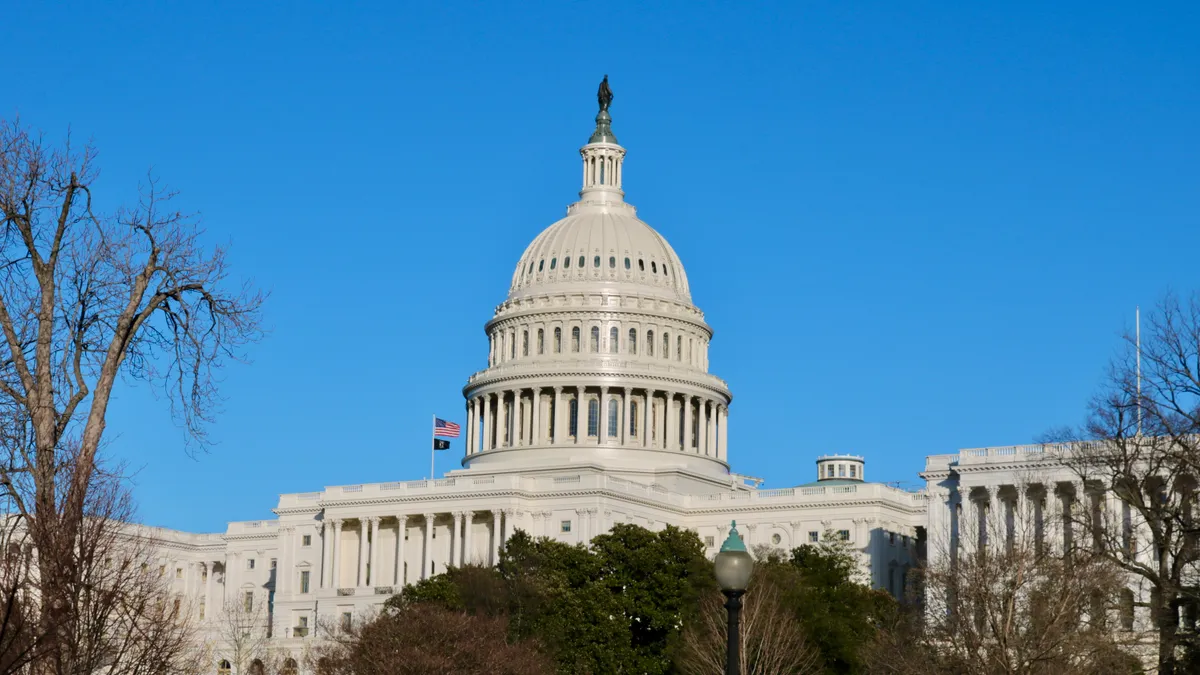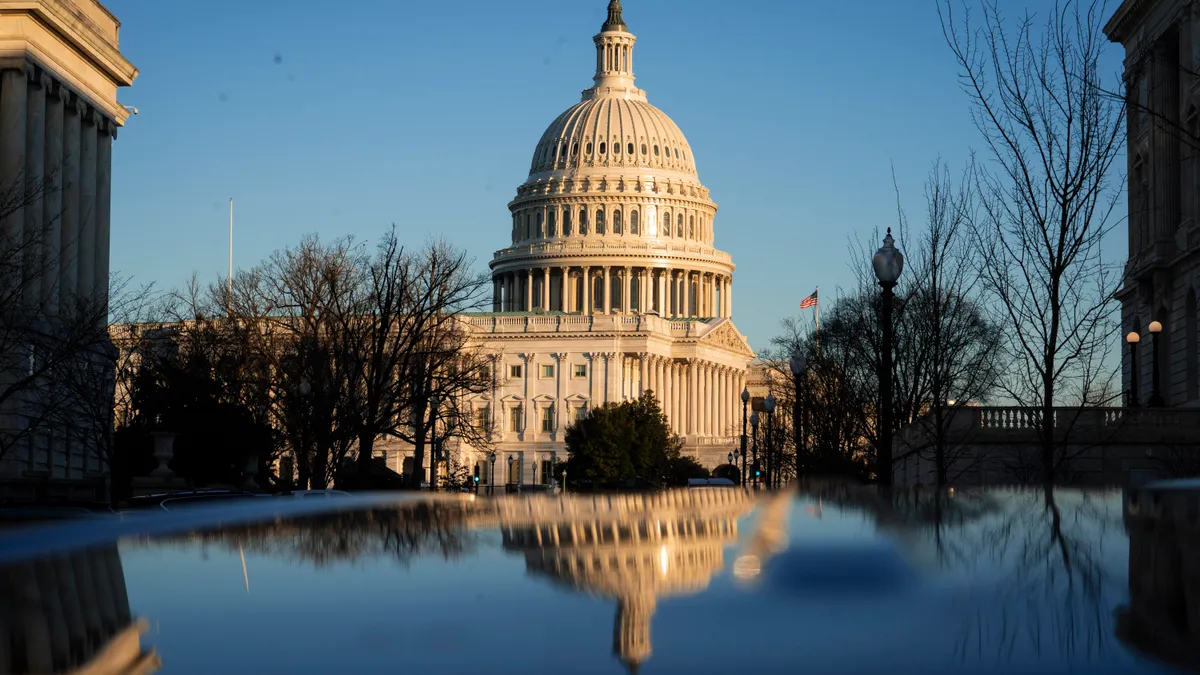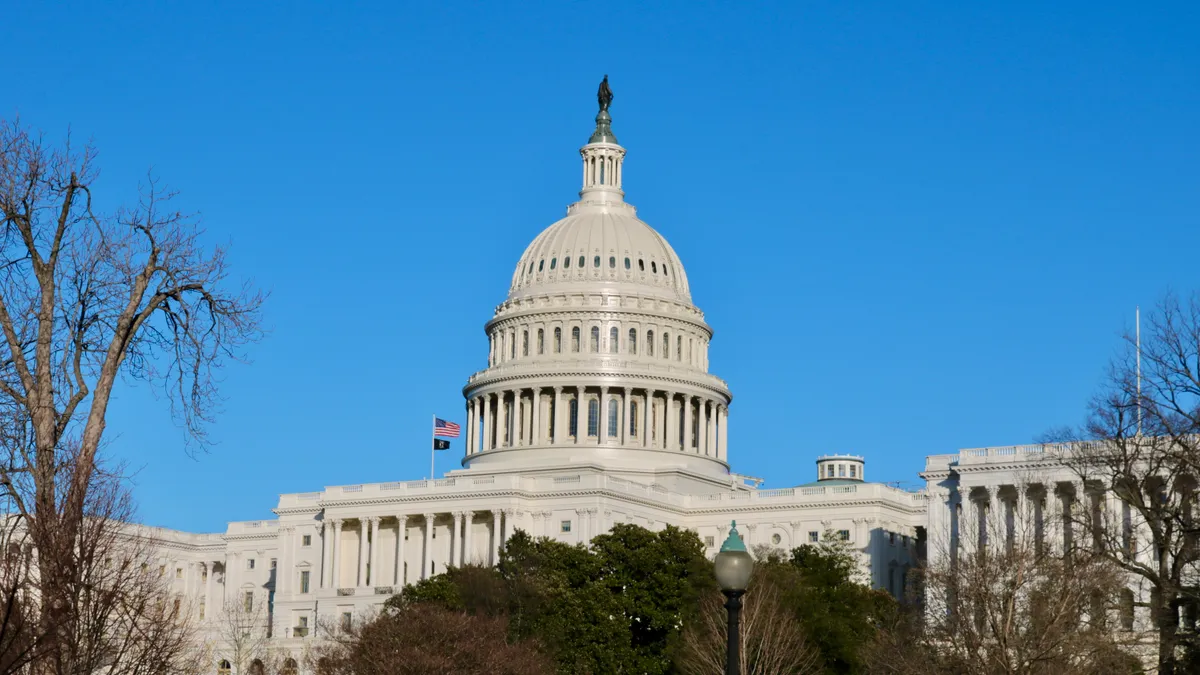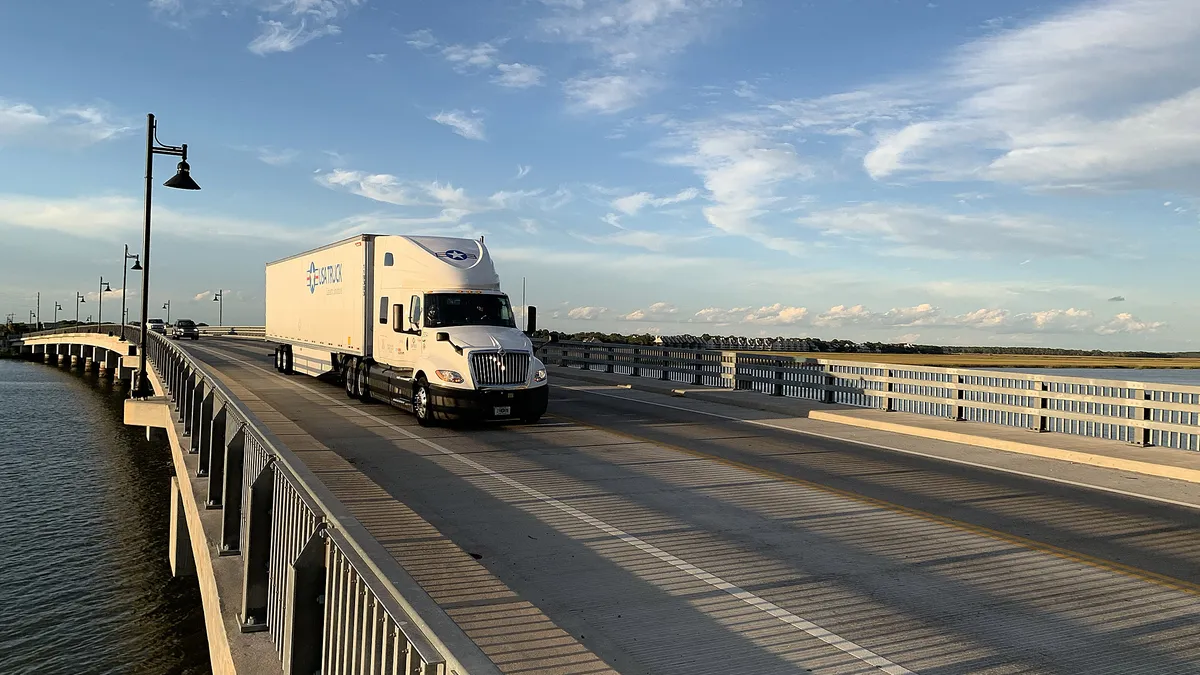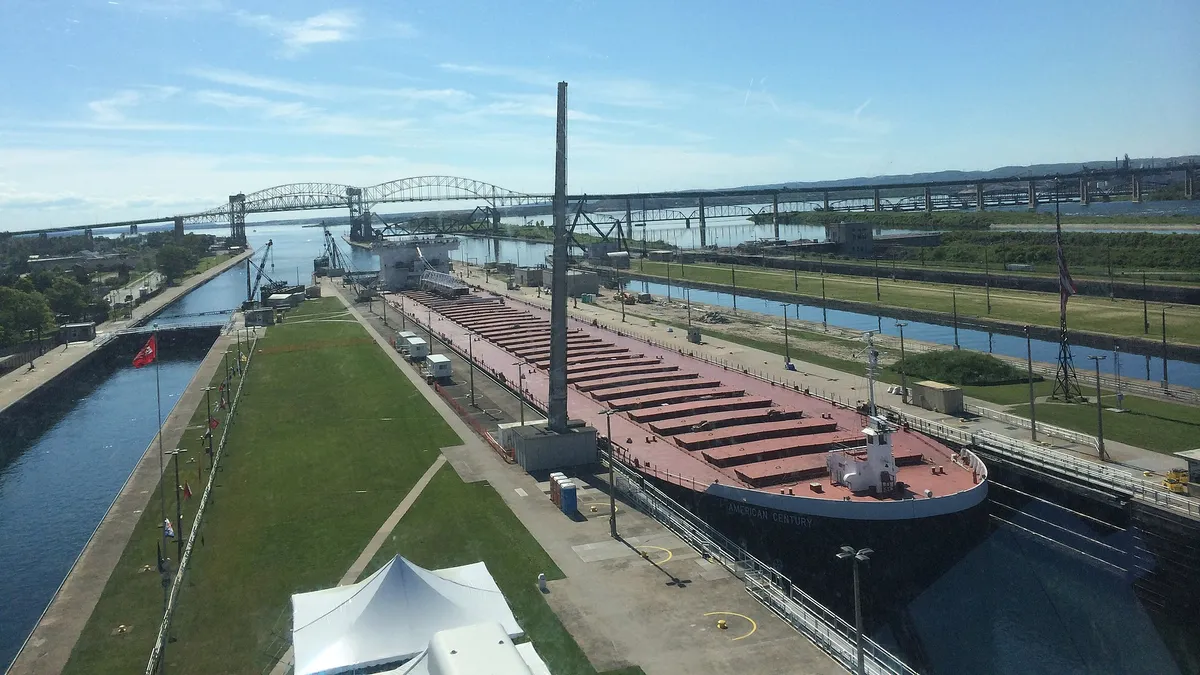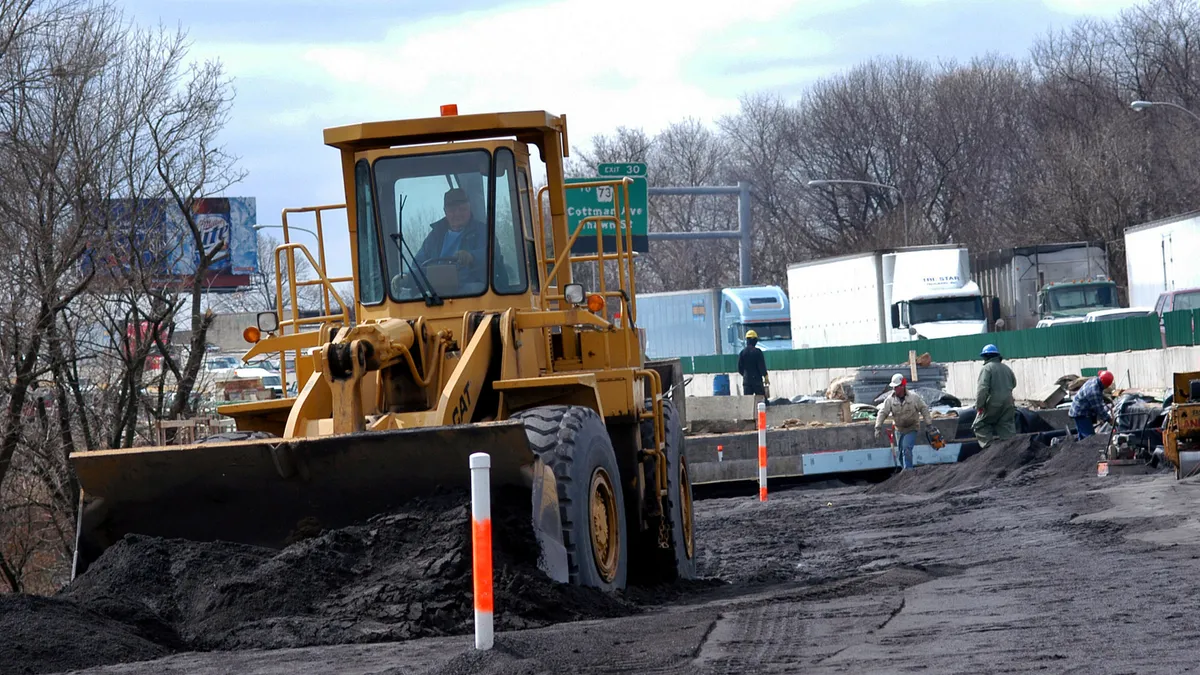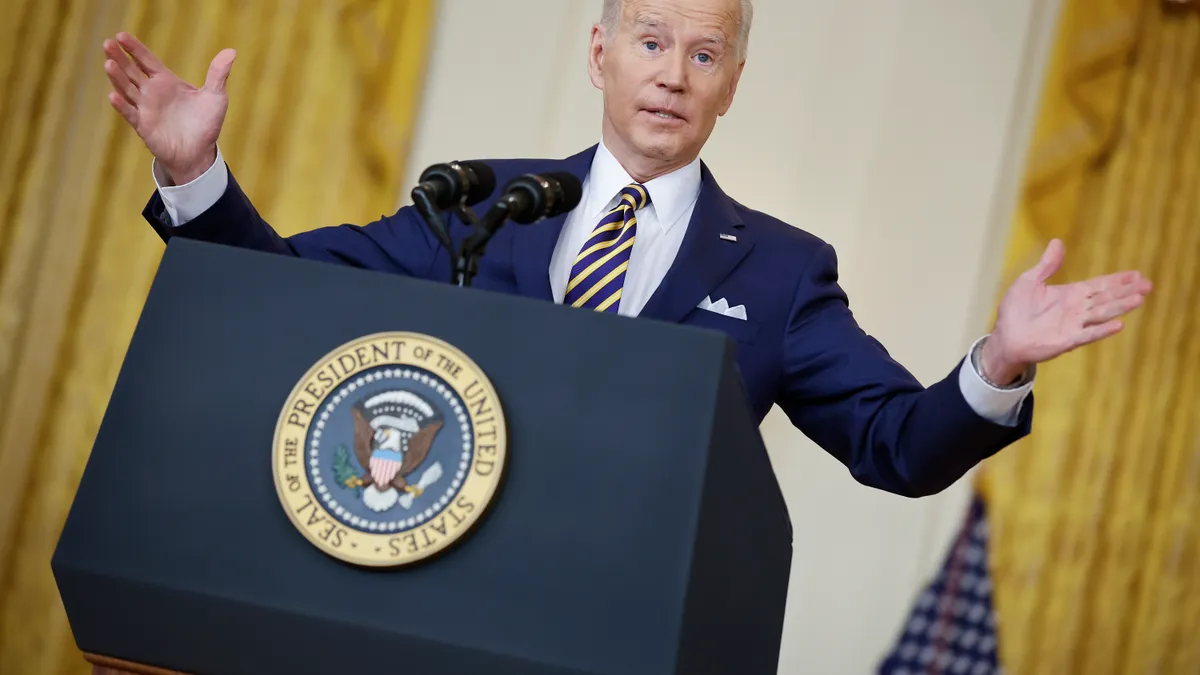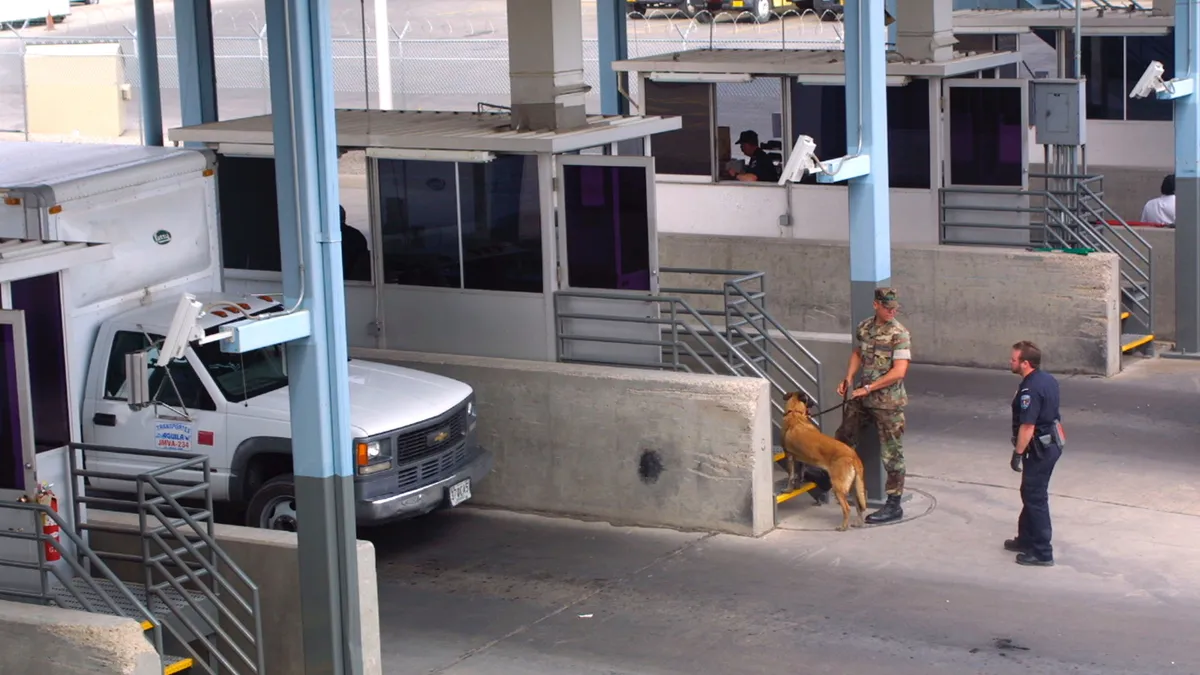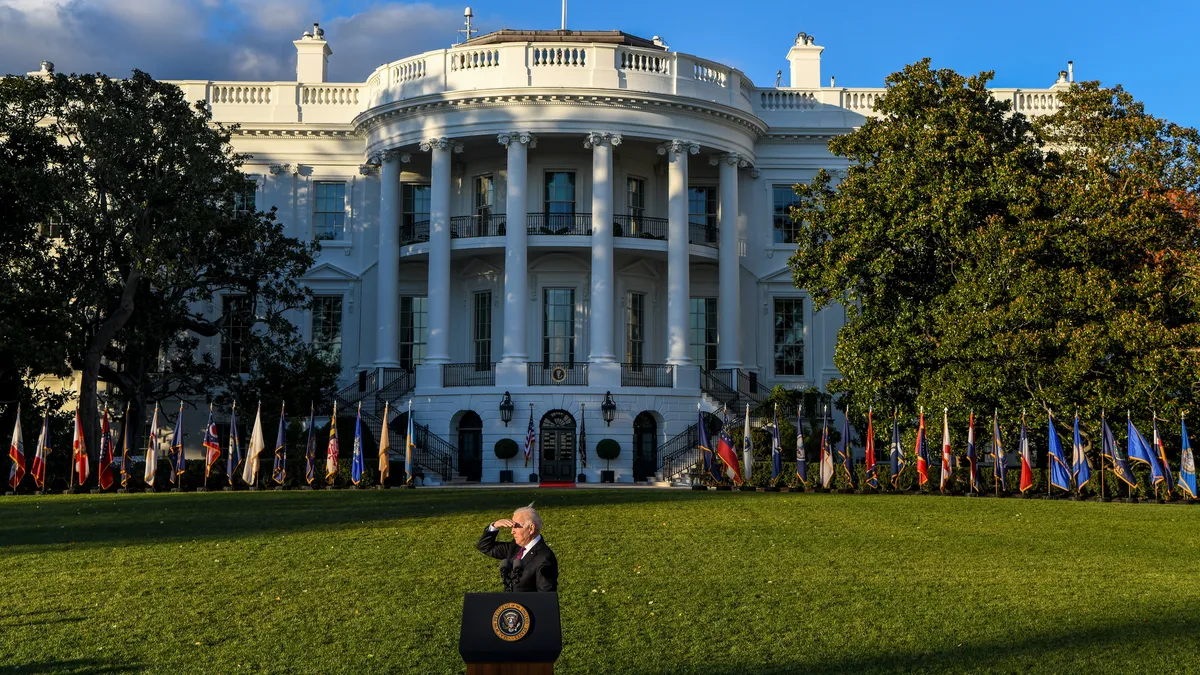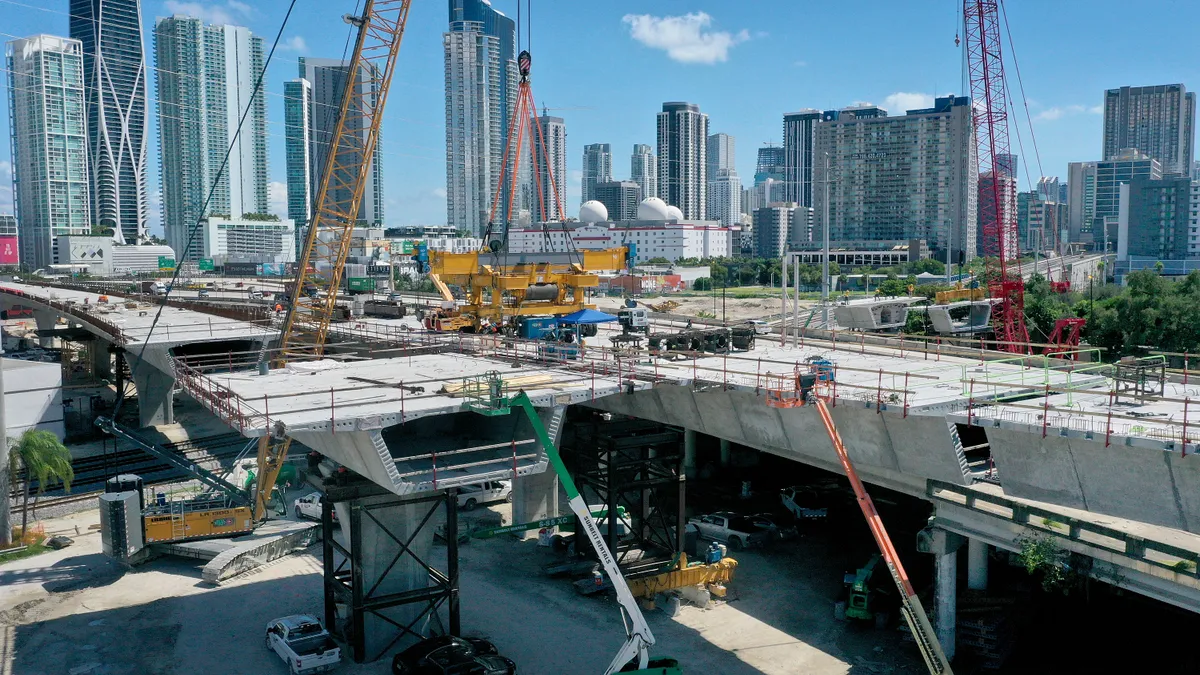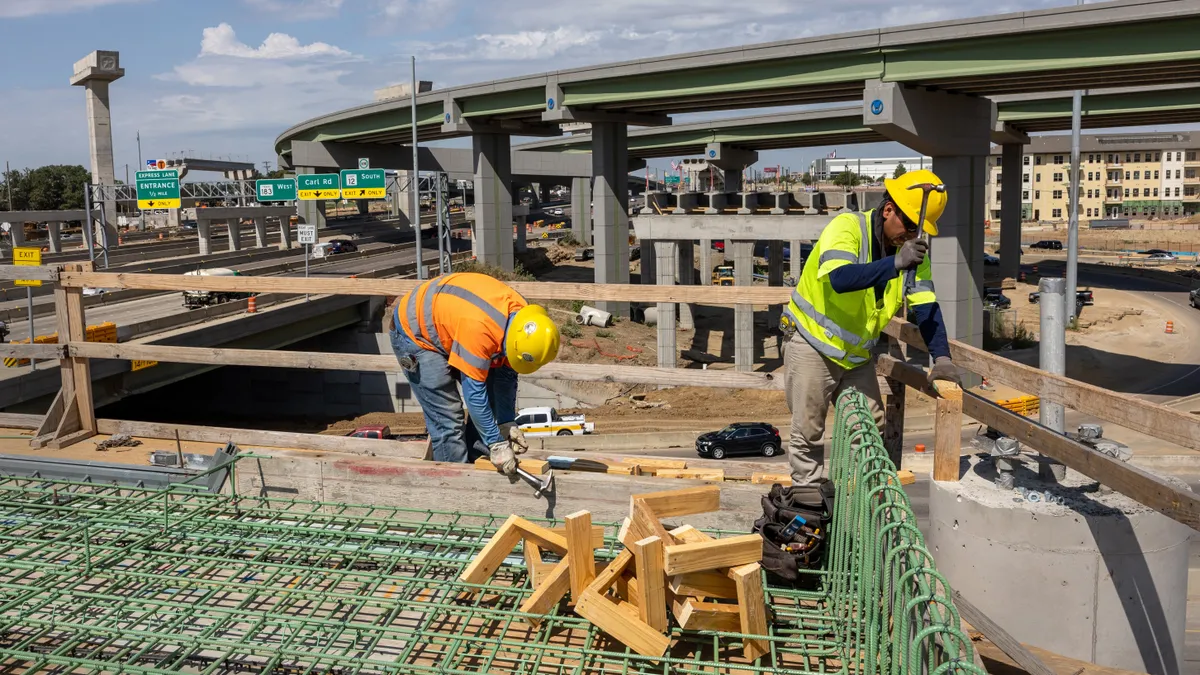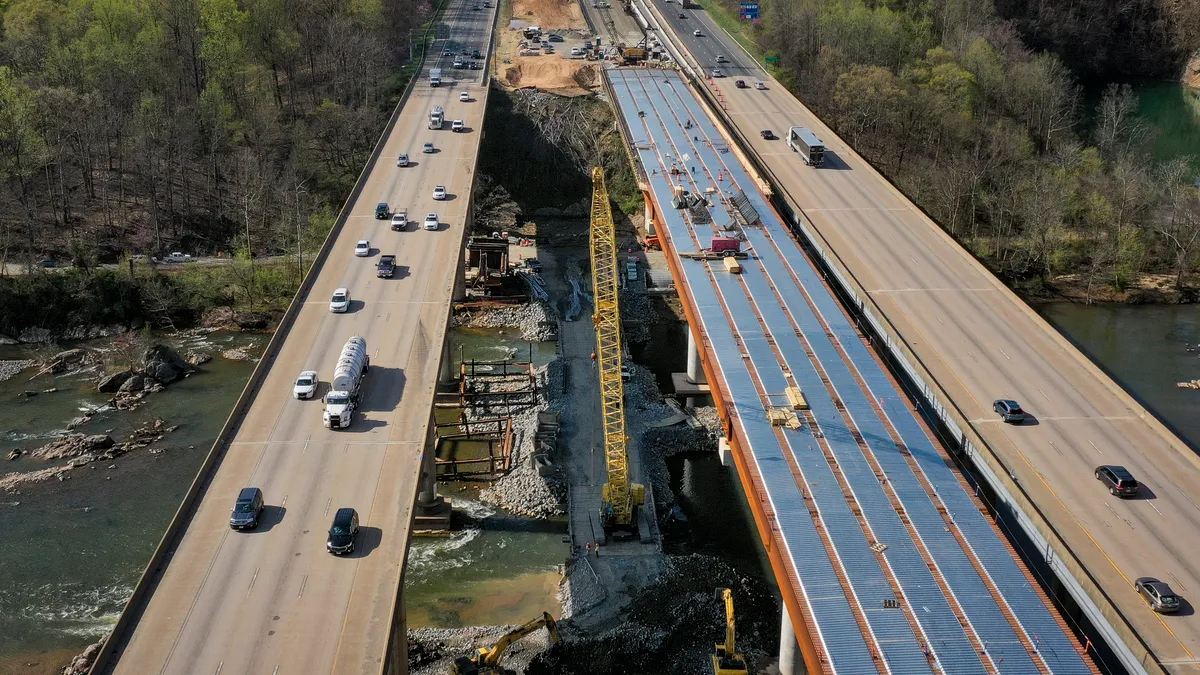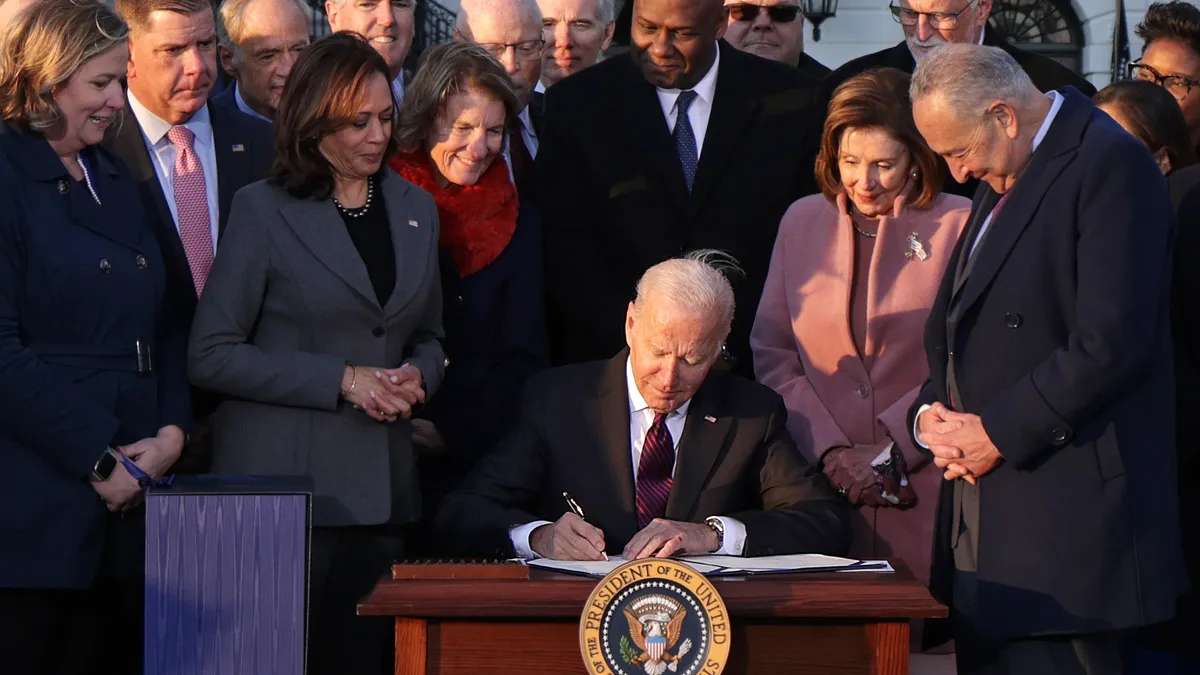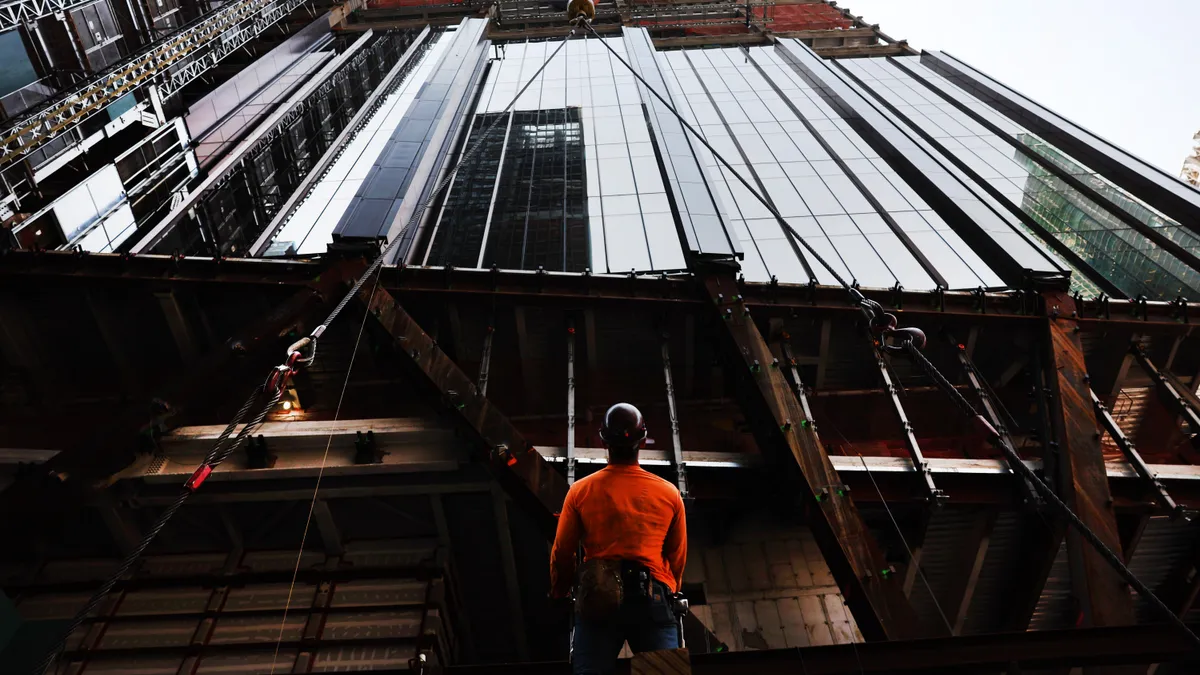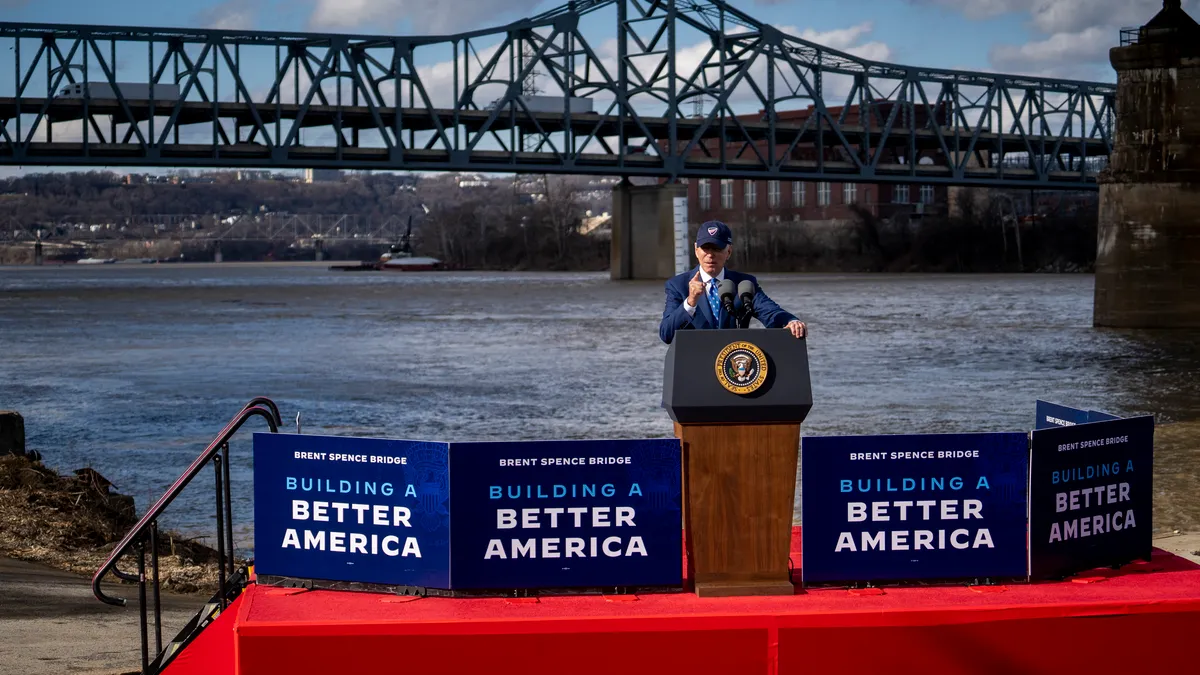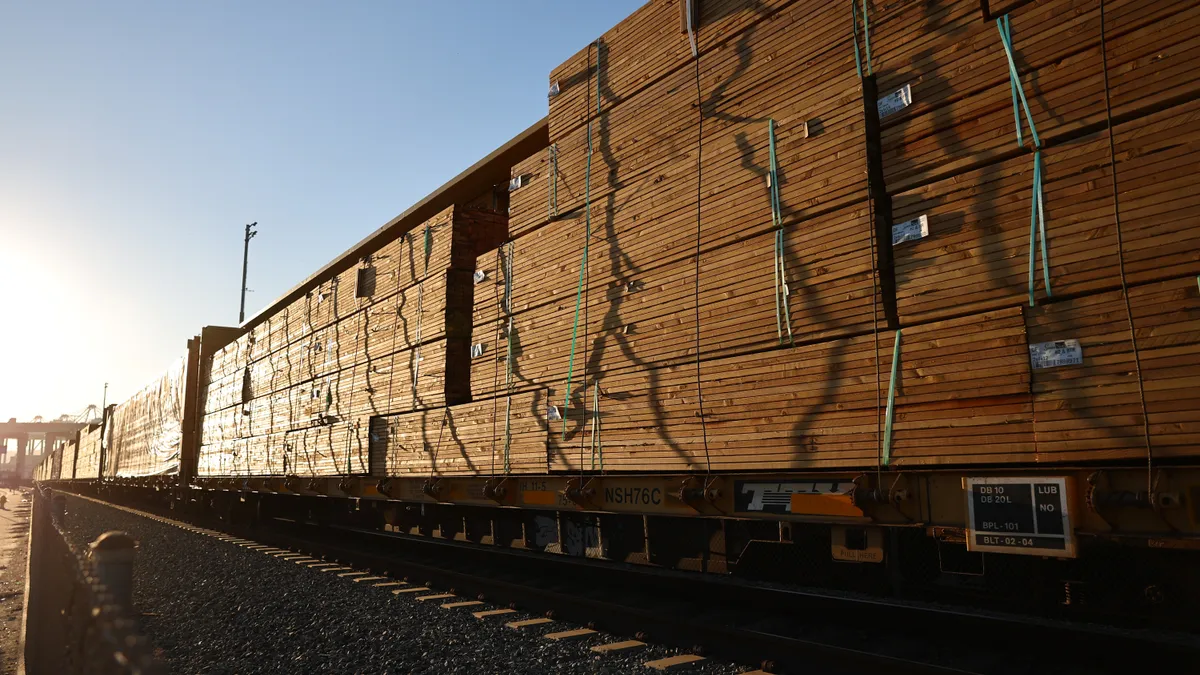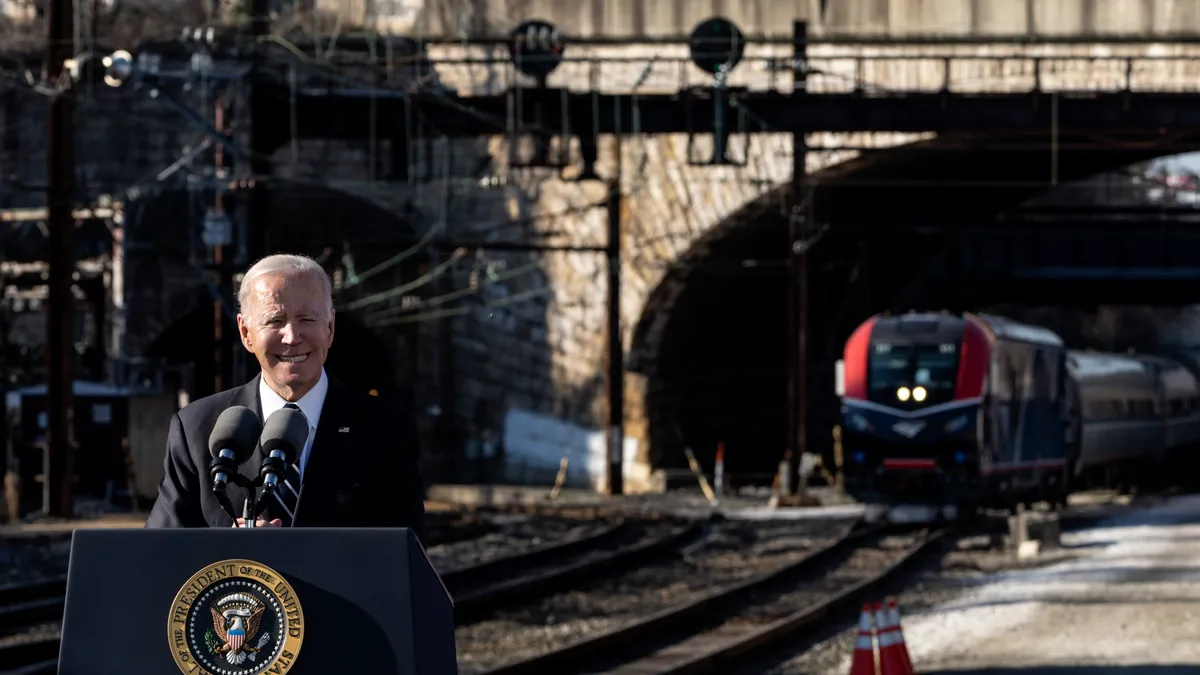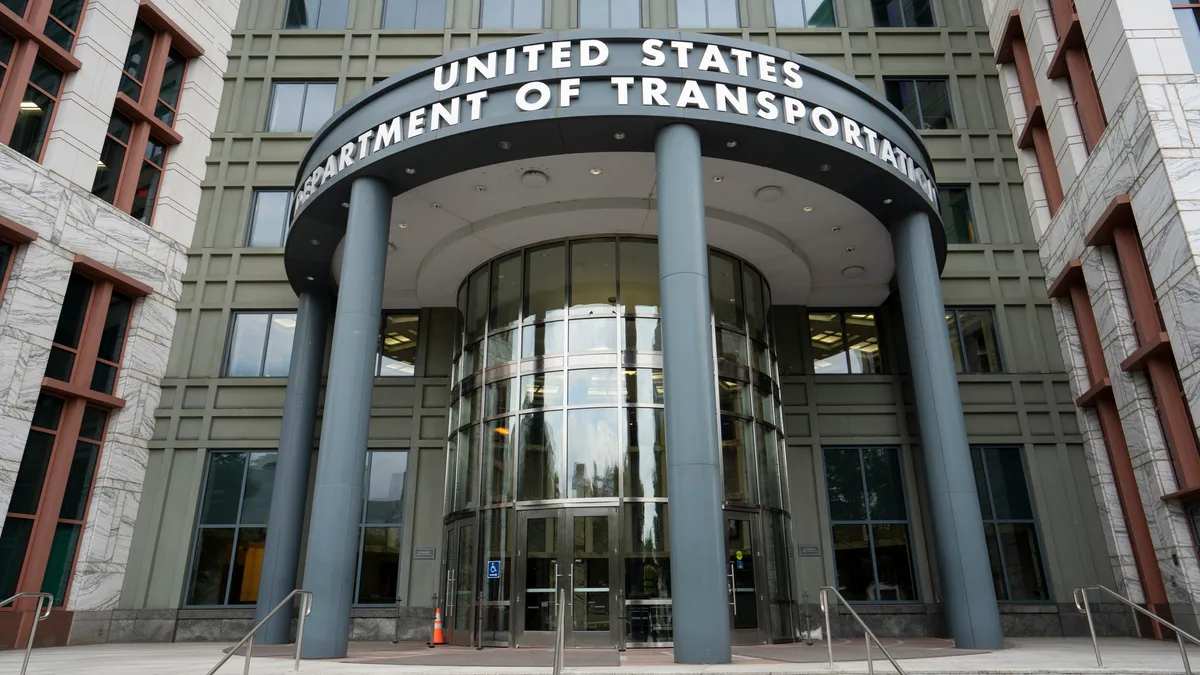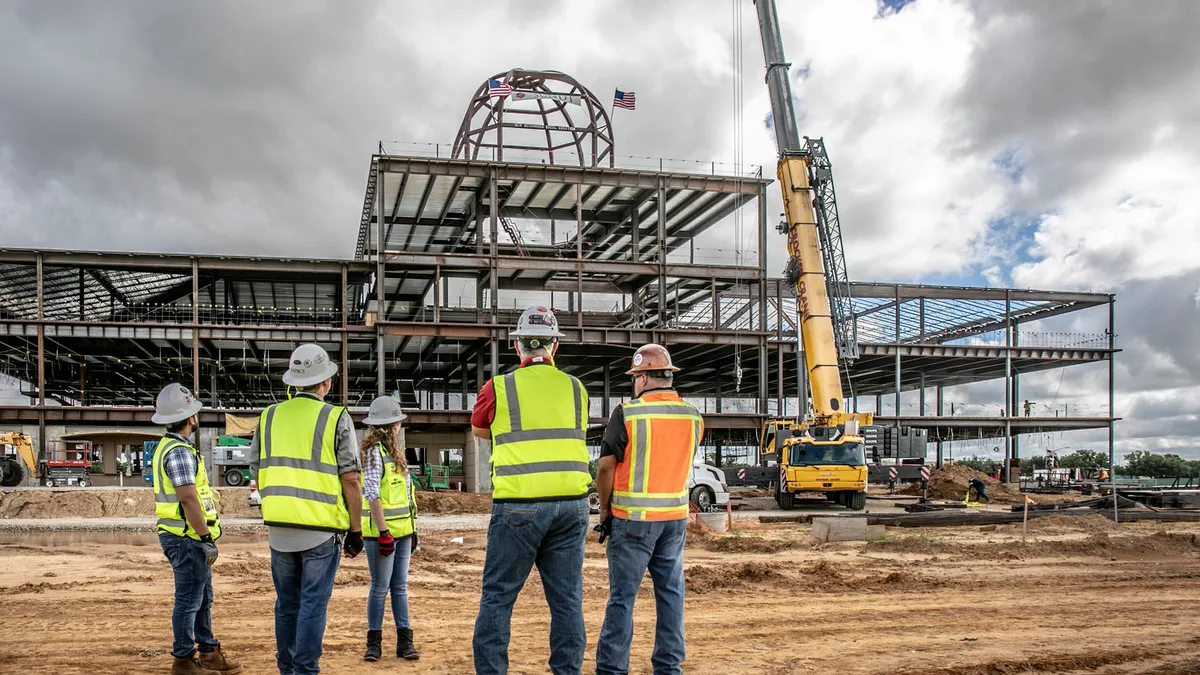The recently passed Infrastructure Investment and Jobs Act (IIJA) re-establishes One Federal Decision, which aims to streamline and expedite the federal environmental review processes required for infrastructure projects of a certain size under the National Environmental Protection Act.
One Federal Decision, originally part of a Trump administration executive order that was revoked by President Joe Biden earlier this year, requires cooperation between agencies, concurrent review processes and the creation of a "permitting timetable" with a fixed deadline. This process is managed through a lead federal agency for both federal and non-federal projects.
Some experts estimate that One Federal Decision could shorten permit review processes from as much as 10 years down to two years. Additionally, analysts predict that its reintroduction may save more than the cost of the entire infrastructure bill — $1.2 trillion — in costs associated with permitting delays, according to an opinion piece for The Hill.
'Cutting red tape'
Former President Donald Trump put the One Federal Decision process into practice with an executive order issued in 2017. While it was never codified into law, a number of Cabinet officers signed a memorandum of understanding to implement the process in April 2018.
The order remained in effect until it was repealed by another executive order, issued on President Biden’s first day in office. The process was re-introduced later this year in the bipartisan Federal Permitting Reform and Jobs Act, authored by Senators Rob Portman (R-OH), Krysten Sinema (D-AZ) and Joe Manchin (D-WV), which was included and passed in the IIJA.
In addition to its agency coordination requirements, One Federal Decision also imposes a page limit on the review documents produced in the course of an environmental review and imposes a 90-day time limit for an approval decision after the production of the review document.
The process does not allow federal agencies to circumvent any permitting requirements, but reduces the time required to process surveys, and the monetary impact of delays on contractors, by coordinating agencies to work simultaneously.
"Cutting red tape and simplifying burdensome permitting processes will ensure efficient, timely completion of critical infrastructure projects that will fuel jobs, boost renewable energy production and expand economic opportunities for communities across Arizona," Sinema said in the release.
Mixed reaction
The reintroduction of One Federal Decision is "the most important part" of the infrastructure bill, according to Jeffrey A. Rosen, an American Enterprise Institute nonresident fellow, and DJ Gribbin, a former special assistant to President Trump for infrastructure, co-authors of the opinion piece for The Hill.
Rosen and Gribbin cite circumstances in which permitting delays added years or decades to the timelines of major infrastructure projects, such as the Bonner Bridge in North Carolina, which spent almost 20 years in permitting and environmental impact studies from 1990 to 2010.
During the COVID-19 pandemic, reports estimate that One Federal Decision contributed to a 45% reduction in permit review times and enabled more than 130,000 construction positions, according to Rosen and Gribbin. They expect that its reintroduction could greatly shorten permit review processes for upcoming infrastructure projects funded by the IIJA.
Environmental groups, however, say the National Environmental Protection Act and careful permitting are important ways for communities to protect themselves from dangerous, rushed or poorly planned federal projects.
"It’s a really key part of our democracy," said Scott Slesinger, legislative director at the Natural Resources Defense Council in a blog post. "There is an expectation that when the government is going to affect your life, particularly in a local community, you should have a say."
Nevertheless, attorney John Hanover, partner and leader of Alston & Bird’s Construction & Government Contracts group, said the One Federal Decision process will save time in planning and permitting.
"It used to be that these agencies would work serially, sequentially. One would finish its work, and then another agency would pick up the ball," Hanover told Construction Dive. "But now they're directed to work concurrently. [It's] much more efficient."



